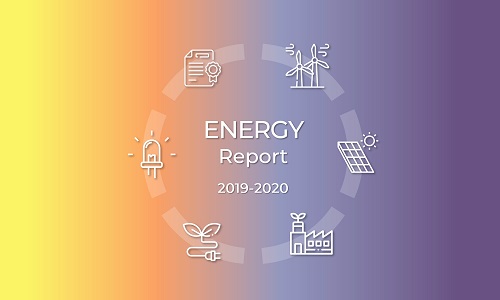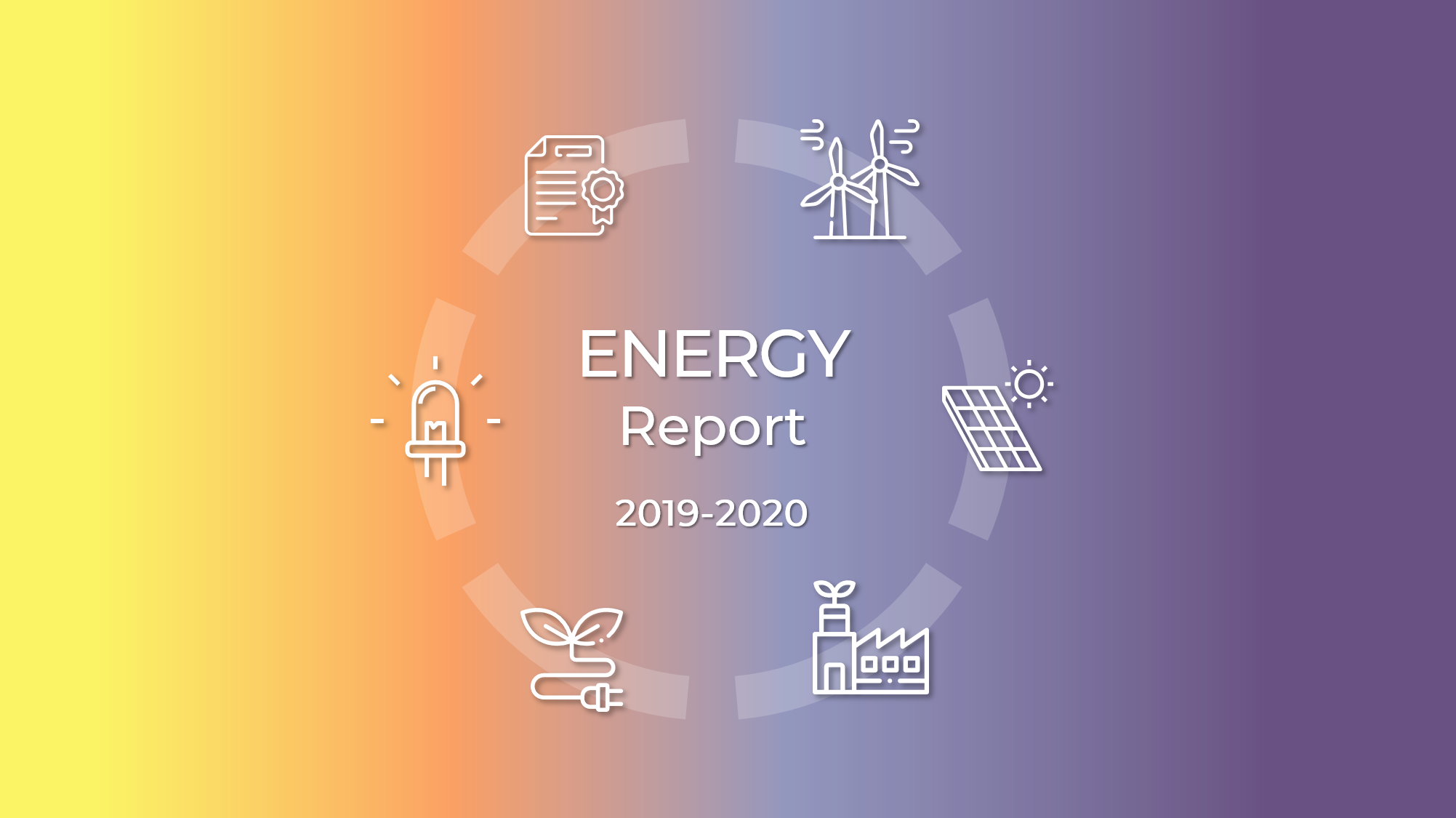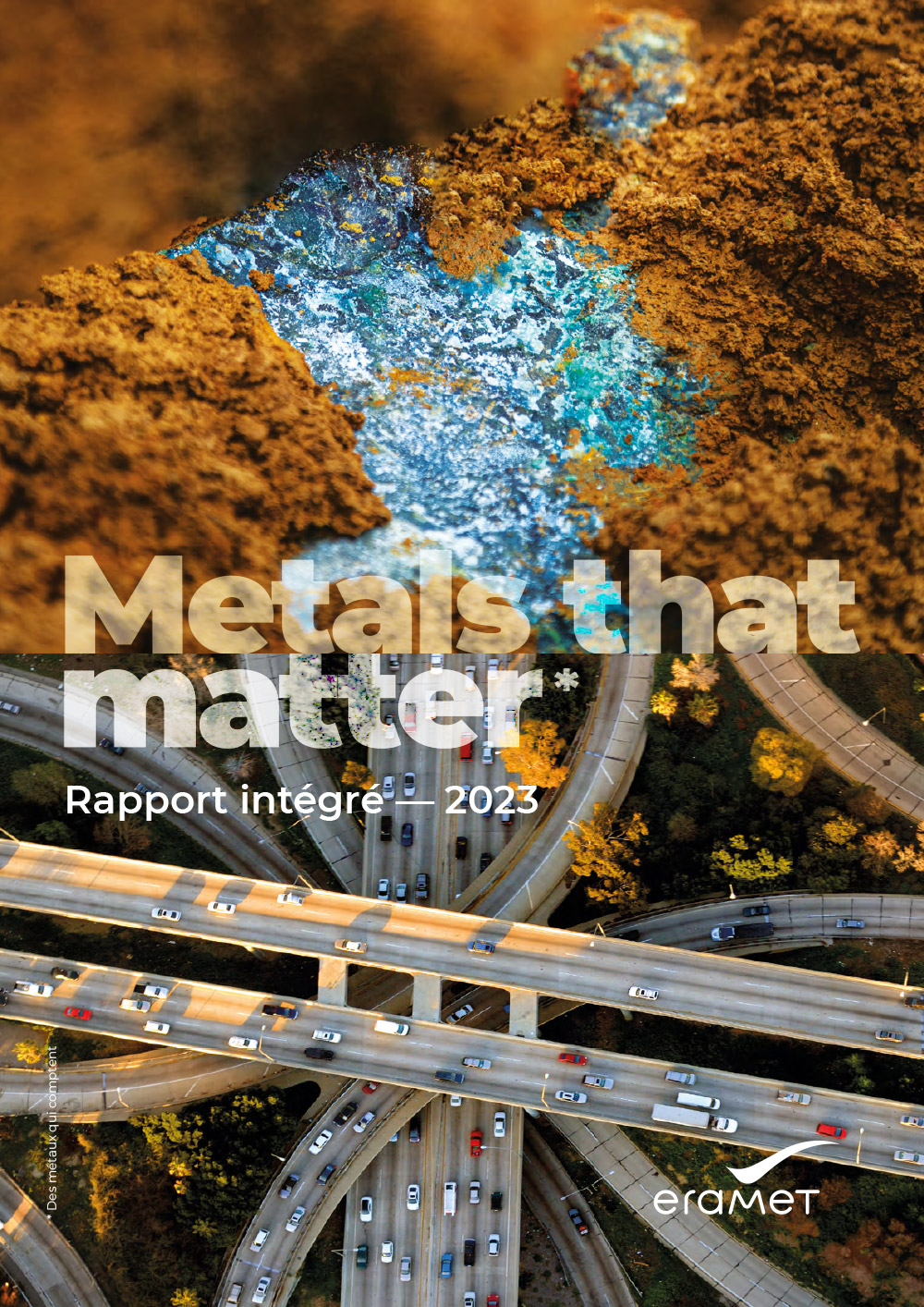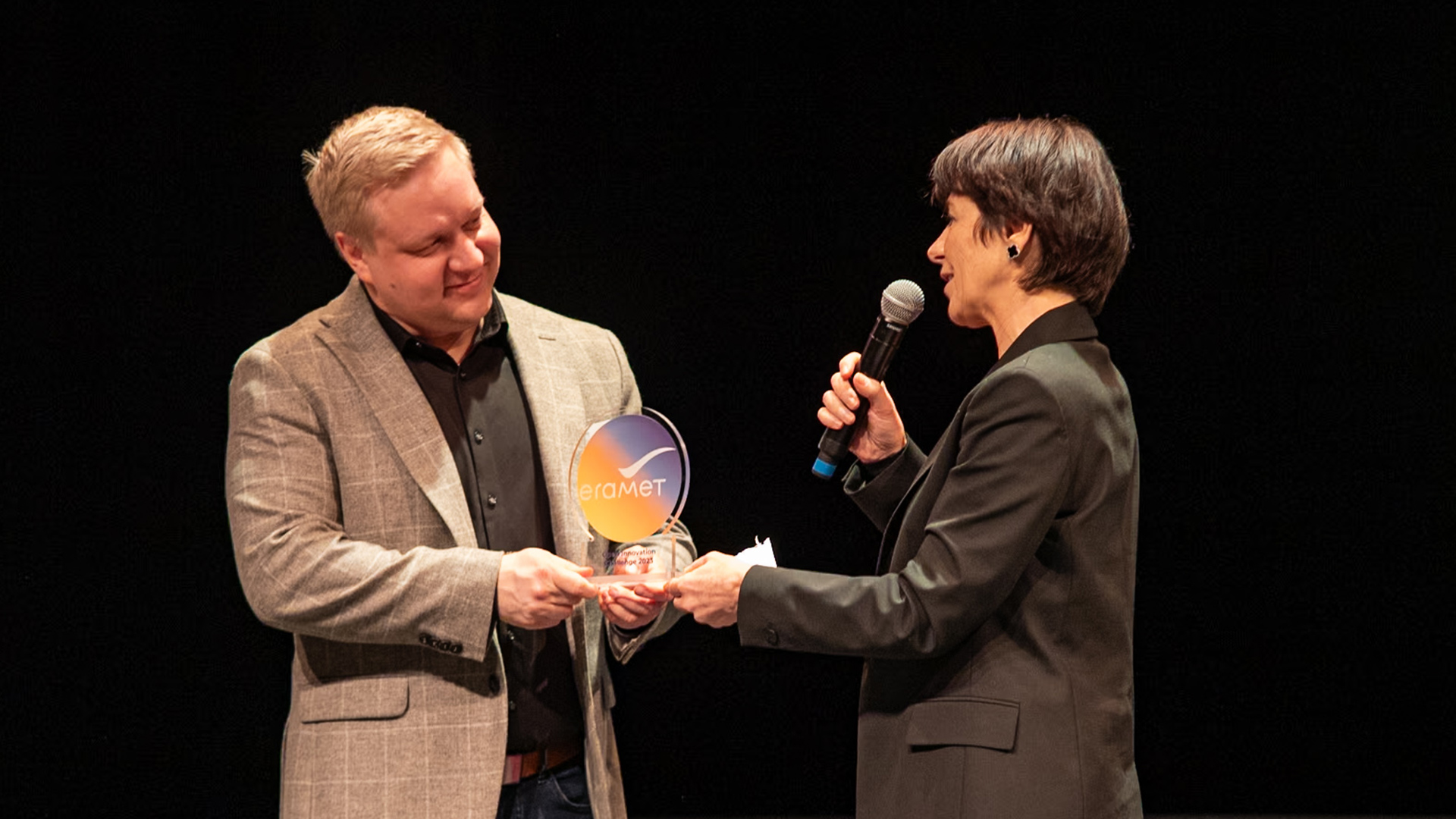In its CSR roadmap, the Group set out to achieve a 26% reduction in carbon intensity by 2023. Just one year later, it is already above 14%. Details below…
In 2018, the Group unveiled its CSR roadmap, which was built upon 13 objectives. Among these was objective 13: “Achieving a 26% reduction in CO2 emissions per ton of outgoing product by 2023.”
The Group’s Energy and Climate Department is responsible for promoting and coordinating projects and initiatives that contribute to the energy transition. This mission is oriented around two major objectives: decarbonizing the energy mix (i.e. all of the various types of energy used) in order to reduce our CO2 emissions; and optimizing energy efficiency (i.e. reducing energy consumption) in order to reduce costs—without sacrificing operational performance.
So where are we now?
2019 and 2020: achieving concrete results
In 2019, the Group reduced its CO2 emissions per ton of outgoing product by 14%. Around 12% of this progress was due to growth in mining production, which is a low-carbon industry, while 2% was due to numerous projects that have delivered concrete results.
Last year, for example, multiple Group sites initiated the process for obtaining ISO 50 001 certification (an energy management standard). In March 2020, three of these sites became certified: the Doniambo site at SLN, and two Comilog sites, the Moanda Industrial Complex (CIM) and the Railway and Port Facilities Authority (DFIP). In addition to reducing emissions, this continual improvement process significantly contributes to reducing the sites’ operational costs. For example, by modifying the water system used to cool its smelting furnaces, the Doniambo site lowered its power consumption by more than 11 gigawatt-hours, generating around 1.4 million euros in savings. The Moanda Metallurgy Complex (MMC), Comilog’s mines, and Eramet Marietta are also in the process of preparing for certification.
But the company’s latest leap forward was the recent signing of a wind power agreement with Green Investment Group (GIG): starting in late 2021, the plants at Eramet Norway will receive power from two new wind farms. The Tysvaer Wind Farm, with a capacity of 47 megawatts—enough to power nearly 9,000 homes for a year—will displace around 8,000 tons of CO2 emissions—equivalent to the annual emissions of 2,500 cars! Meanwhile, the Buheii wind farm (80 megawatts) will help create around a hundred jobs in the region. With this deal, the Group has secured a stable supply of competitively-priced green energy, as the supplier has agreed to provide the electricity uninterrupted at constant capacity, for a single base price. “This agreement will provide us with some predictability over the next seventeen years, and will help strengthen the competitiveness of our Norwegian sites It’s also a highly positive development for Eramet’s image, and demonstrates once again our commitment to fighting against climate change with these types of energy-transition initiatives,” noted Pierre Gueudet, the Group’s Energy & Climate Director, after the signing was announced.
Through Eramet Norway, the Group is also focusing on longer-term projects. In late 2019, Eramet obtained financial support from Enova, a Norwegian government enterprise, to develop energy projects for its Norwegian plants. At the same time, Eramet Norway and its partner Arriva, a transport operator, are working on a solution to convert port infrastructures to electrical power, so that shipping vessels can consume less energy by using the electrical grid during loading and unloading. The move is expected to eliminate 1,200 tons of CO2 emissions. With the support of the Norwegian authorities, Eramet Norway has also signed an agreement with Clarke Energy, a multinational specialist in energy production systems. The project will cover the construction of an Energy Recovery Unit (ERU) for the Sauda plant, which will recycle the gas emitted by the furnaces to produce electrical and thermal energy. The arrangement will cut consumption by 250 gigawatt-hours (enough to power 5,000 homes), providing a 40% increase in energy efficiency to the plant.
Consuming better to spend less
In order to reconcile climate, economic, and performance-related concerns, Eramet is actively working on solutions to consume less conventional energy at a lower cost, without compromising performance.
For example, in 2020, Eramet signed a renewable power purchase agreement in New Caledonia. The country has garnered attention in recent years with its strong increase in the use of renewable energy, including wind and solar, to such an extent that the network is sometimes unable to absorb all the energy produced. An agreement has been signed with Enercal, a New Caledonian energy company, to enable Eramet, at the most advantageous times, to purchase renewable energy that would otherwise be lost, at a price below the marginal cost of electricity produced by the oil-fired plant. This system will lead to a proportional decrease in the electricity produced by SLN’s oil-fired plant. “This agreement is a win-win both economically and in terms of our carbon footprint,” explains Pierre Gueudet. Thanks to this agreement, 7.6 GWh were consumed in Q4 2019, saving 2,260 tons of fuel oil and displacing 637 tons of CO2 emissions.
The company’s French sites, meanwhile, are also making progress: all of them are installing variable-speed motors, which are less energy-intensive, or LED lighting, which is more efficient (consuming 70% less than conventional lighting) and more effective (with better luminosity and optical comfort). The new equipment will be supplied under Energy Performance Contracts (EPCs), which are financed by third parties, allowing the Group to limit its cash outflows. Aubert & Duval’s sites in Firminy, Les Ancizes, and Heyrieux have already taken the plunge, resulting in savings of nearly 2,300 megawatt-hours per annum, and more than 77,000 euros. The other French sites in the High-Performance Alloys Division are in the process of installing LED lighting.
Reinventing ourselves during the crisis
While the health crisis has impacted operations and projects at the Energy and Climate Department, it has also revealed the agility and adaptability of its teams.
This was notably the case with the solar plant project launched by GCO. Its goal: to replace 20% of the company’s electricity consumption—currently produced by an oil-fire plant—with renewable electricity from a photovoltaic power plant.
The project, which was one of the energy projects heavily impacted by the crisis, has been completely redesigned and adapted. “The crisis has slowed down some projects, to be sure, but it has also allowed us to reinvent ourselves, to find different approaches. That’s what we’ve done with this solar power project: instead of relying on capital expenditures, i.e. investing ourselves, we’ve opted for a Power Purchase Agreement (PPA), which allows us to work with a supplier, while maintaining the Group’s financial stability,” explains Pierre Gueudet.
These remarkable accomplishments reflect the general dedication of Eramet’s teams to climate and energy issues. But the company isn’t completely satisfied with this outcome—instead, it’s looking for ways to sustain its efforts, and is considering a longer-term objective (with a 15-year target) to minimize the industry’s carbon footprint.





